[ad_1]
Most individuals concerned in Web3 can’t think about why avid gamers hate NFTs (non-fungible tokens), significantly with their benefits. However sadly, many do. Moreover, though extreme negativity about implementing NFTs in video games seems utterly unwarranted. It seems that the explanations avid gamers have for turning their wrath on digital collectibles could be as a consequence of historic components.
Some dissent facilities across the adverse impact “loot containers” and microtransactions have had on the gaming trade. Loot containers supply gamers digital gadgets and upgrades which are in any other case onerous to come back by. Nevertheless, they provide scant further worth for the sport. So, the arrival of loot containers and different introductions has made avid gamers suspicious, and this text will look into these to unravel why avid gamers hate NFTs.
Microtransactions
Gaming corporations launched microtransactions as one other revenue middle. The problem with small monetary transactions is that whereas compounding them could make numerous cash for corporations; they often occur in-game. Thus, it has change into an irritating addition to the gaming area for anybody who doesn’t take pleasure in paying extra to play their favourite video games. Although they’re small quantities, infinite microtransactions can really feel like dying by a thousand cuts.
So, as a consequence of additions corresponding to loot containers and microtransactions, many avid gamers assume NFTs will solely function the same nuisance. Since gaming corporations relentlessly pursue new and improved methods of sucking gamers into pay-to-play schemes, why would NFTs be any completely different?
Do you know you can too construct video games on Solana? Solana is a blockchain, and Rust is its programming language. Study Rust & Solana and why to build on Solana at Moralis Academy.
NFTs within the Leisure Business
NFTs are creeping into each leisure trade, not simply video video games. They’re making their manner into sports activities, movie, music, style, finance, and actual property. Nonetheless, there are some vociferous detractors staunchly against them. For a lot of avid gamers, animosity towards NFTs nonetheless reigns even because the ecosystem continues to increase.
Sadly, the extra publicly vocal the critics are, the tougher it is going to be for them to vary their place sooner or later – at the same time as opposite proof involves mild. That’s as a result of as soon as individuals take a robust stance towards one thing, it’s onerous to change it – particularly in the event that they’ve gone public. In such circumstances, they’ll want a method to “save face” to flip their place with out receiving an excessive amount of blowback. If not, they’re prone to dig their heels in and keep entrenched whatever the overwhelming proof.
When answering the “why avid gamers hate NFTs?” query, we should first have a look at which sections of the group accomplish that. At present, NFT detractors exist at each degree of gaming, from weekend warriors to e-sports professionals to corporations. All of them have their fair proportion of gripes about NFTs and blockchain encroachments into their area. Even some of the widespread sport distribution companies, Steam, has capitulated and sought to favor the disgruntled by banning all blockchain-related video games on its platform. We’ll have a look at different corporations beneath. However, though the animosity in direction of NFTs seems like a brand new improvement, its origin spans 20 years of gaming tradition lengthy earlier than NFTs got here into being.
Hating on Loot Packing containers
Loot containers supply gamers random digital gadgets and upgrades. They’re the gaming world’s equal of a seize bag. Often, the one manner for gamers to unlock a loot field is by redeeming in-game tokens or finishing achievements. Furthermore, tokens accrue over intervals of play or by means of shopping for them outright.
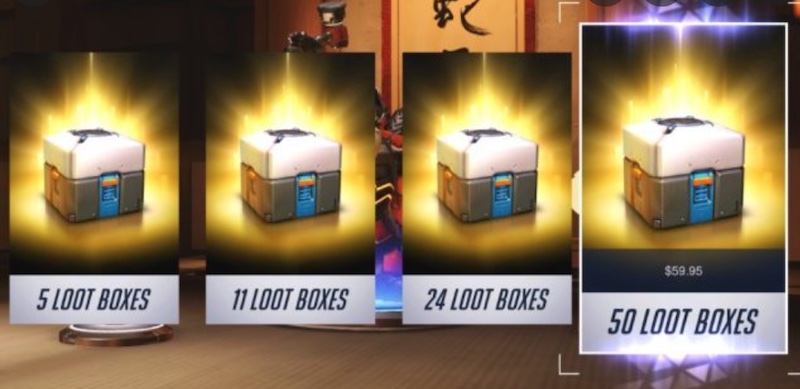
Digital collectibles aren’t new to the gaming trade, nonetheless. Fortnite skins are one such instance. However, the collectibles that avid gamers should buy, corresponding to these present in loot containers, have lengthy been a supply of rivalry. Nevertheless, a essential distinction between in-game gadgets corresponding to skins and weapons for Fortnite and NFTs is that Fortnite’s sport gadgets haven’t any resale worth. Moreover, they often serve to make video games costlier through microtransactions.
The one factor worse than a bunch of avid gamers hating on NFTs is that this present bear market. The excellent news is that you could study how to invest during a crypto bear market. Moreover, understanding crypto crashes will train you why they occur within the first place.
Extra on Microtransactions and Loot Packing containers
Microtransactions sometimes occur throughout the sport and are constant “cash makers” for the companies issuing them. For gamers, nonetheless, they solely end in costlier taking part in time with little worth added. Presently, microtransactions have change into such part of the material of gaming that, in lots of video games, it’s nearly inconceivable for gamers to degree up their characters with out first reaching into their pockets.
With the historical past of loot containers and microtransactions, it’s not tough to see how avid gamers would assume NFTs are simply one other money-making scheme for the gaming corporations with little to no worth added. So, gamers who view their relationship with massive sport builders as “predator-prey” will naturally be skeptical of any firm’s motives when introducing one thing new like NFTs.
In addition to, many avid gamers are so absorbed of their taking part in time that it’s not like they’ll spend the required hours to know blockchain expertise and NFT dynamics.
If It Ain’t Broke, Don’t Repair It
So, are you continue to questioning why avid gamers hate NFTs? Loot containers and microtransactions may very well be two causes as they set precedents that might taint gamers’ perceptions of NFTs. Different complaints give attention to the artwork itself. That’s truthful as a result of if sport creators have dimension limitations to accommodate slower speeds on the blockchain, it’s going to have an effect on the artwork’s high quality.
However different detractors ask, “because the gaming ecosystem works effective with out NFTs, why change it?”. It’s just like the adage, “if it ain’t broke, don’t repair it”! Particularly since there’s little confidence that NFTs will add any worth anyway. In spite of everything, the gaming trade’s worth is monitoring to hit roughly $315 billion by 2026. So, why NFTs? With all the cash to be made, aren’t NFTs only a new method to fleece the gamers?

Sq. Enix NFT Backlash
Curiously, the completely different reactions to NFTs in video games seem to depend upon the sport’s origin. Conventional powerhouses that dabble in blockchain expertise and NFTs get excoriated. Then again, initiatives from the Web3 realm that incorporate gaming NFTs sometimes face much less hostility.
For instance, the president of Sq. Enix, Yosuke Matsuda, composed a letter detailing the corporate’s plans for the longer term. Included within the thought package deal had been NFTs, blockchain video games, and the metaverse. Sadly, the letter shortly obtained hostility from these immune to NFT integration. However Sq. Enix wasn’t the one one.
Extra Gaming Neighborhood Backlash
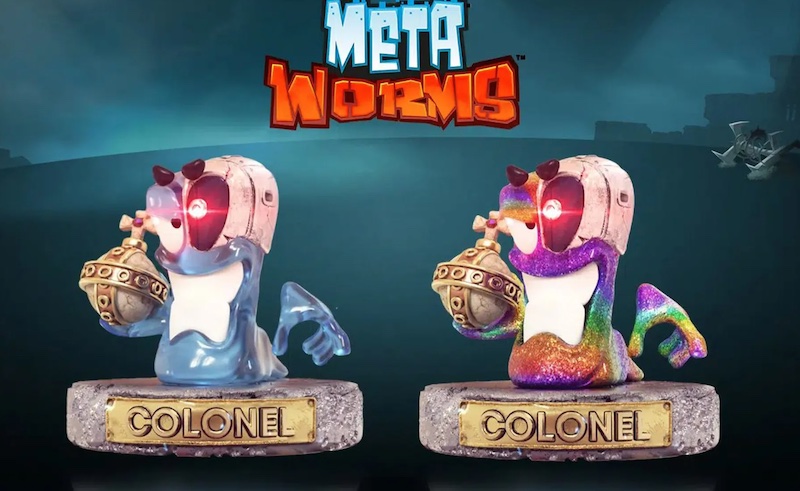
As well as, Team17 needed to announce it was giving up on its MetaWorms NFT venture after its group’s hostile response. Additional, Valorant, a aggressive shooter sport from Riot Video games, posted an image of “Killjoy” (its outstanding character) on Twitter, a bit of art work. Sadly for Valorant, it was from an artist who sells NFT artwork.
When the workforce started to really feel their group’s warmth, they retracted, saying they hadn’t realized they’d posted NFT art work. Within the face of a deluge of criticism, they shortly tweeted that that they had no intention of introducing an NFT as a part of Killjoy’s hobbies. Whatever the workforce’s career of innocence, anti-NFT avid gamers noticed the Killjoy publish as the start of a propaganda marketing campaign. It seemed to be little greater than a grooming effort to subconsciously introduce NFTs into their gaming choices.

However whether or not it was a calculated transfer or simply an oversight, the widespread backlash from followers was speedy. Sadly, such reactions may very well be a harbinger for any sport developer seeking to delve into NFTs.
Why Players Hate NFTs? It Depends upon the Origin
This paradox continues. Quite a few sport builders get excited in regards to the prospects of incorporating NFTs into their initiatives, solely to recoil and backtrack beneath the scrutiny of group displeasure. On the different finish of the spectrum, Yuga Labs (creators of Bored Ape Yacht Membership) launched a trial of “Otherside Metaverse”, which hosted over 2,000 avid gamers and primarily obtained reward from the group.
Thus, conventional sport corporations asserting plans for NFT incorporation get nothing however criticism. But on the opposite facet of the aisle in Web3, NFT initiatives have added sport creation with little to no resistance from their communities.
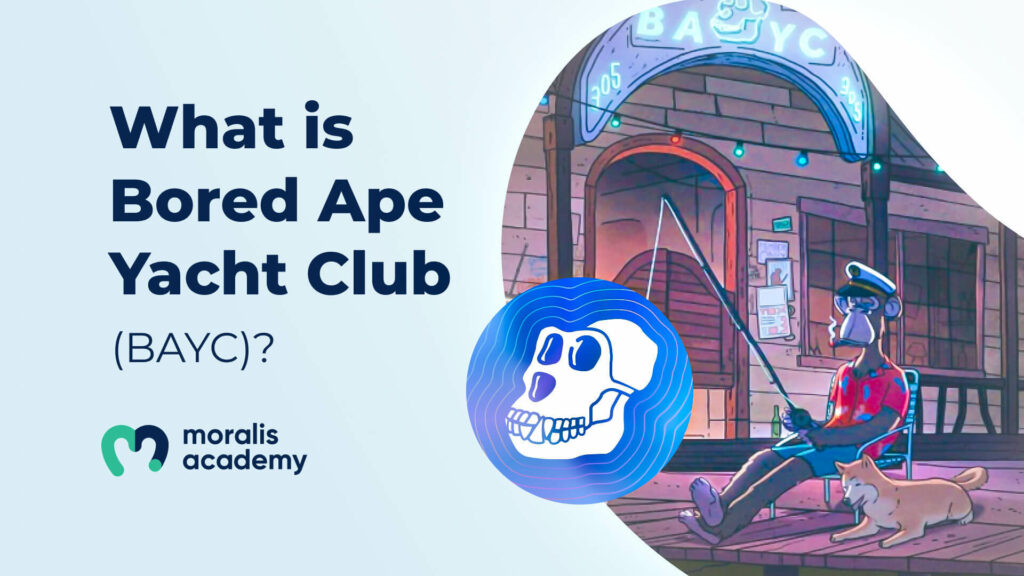
So why such opposing reactions from these communities? It seems to depend upon origins and expectations. For large gaming corporations, gamers anticipate new releases to be as much as snuff with earlier releases. Additional, they need them to match or beat the choices within the total gaming market. Whereas with video games that originate within the Web3 realm, the group welcomes innovation. Therefore, creators have much less worry of failure and might place extra emphasis on novelty.
The crypto crash took some companies down, and Celsius is one. Discover out what’s happening with Celsius Network in one in all our current weblog articles.
Conventional Gaming vs Web3
So, it seems that a gamer’s angle in direction of NFTs relies on which ecosystem they reside in. Conventional avid gamers pay gaming corporations for his or her leisure worth (except they receives a commission to be rivals or streamers). Web3 avid gamers, alternatively, have the chance to put money into any innovation NFTs supply, understanding that their assortment can change into extra worthwhile sooner or later.
Perhaps avid gamers aren’t into NFTs but. However the underlying expertise behind NFTs reveals simple promise, significantly for these within the inventive fields. So, is there any aid from this “why avid gamers hate NFTs” world wherein we dwell? Maybe if the haters spent extra time researching NFTs, they might higher see the potential.
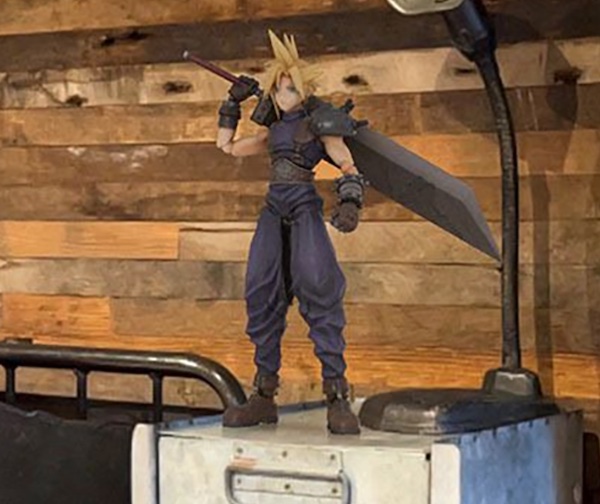
NFTs = Private Possession
For these within the artwork sector, NFTs are already providing new methods to promote their creations on to their fan base in perpetuity. Extra importantly, they’ll accomplish it with out third events corresponding to brokers, managers, galleries, and document corporations scarfing up all of the income. For instance, the choice to maintain royalties pouring in over a lifetime for every resale of a bit of artwork is an unimaginable benefit to artists who, beforehand, might solely promote their creations as soon as.
Nevertheless, the artwork sector isn’t the one trade benefiting from NFT benefits. Persons are starting to understand that NFTs’ utility exceeds the hyped-up tales we hear about multimillion-dollar digital artwork gross sales. So, it’s getting extra obscure why avid gamers hate NFTs. Clearly, it’s going to take extra effort and time from the Web3 gaming group to vary outdated and hardened attitudes and to indicate the remainder of the world how NFTs add worth to video games. In spite of everything, who wouldn’t wish to personal their in-game property outright and be capable of purchase, promote, and accumulate them over a lifetime?
Now that you simply’re conscious of among the benefits NFTs can supply, you’ll be able to construct them with our NFT coding tutorials. If that sounds fascinating, ensure to go over to NFTCoders at this time!
Conclusion: Why Players Hate NFTs?
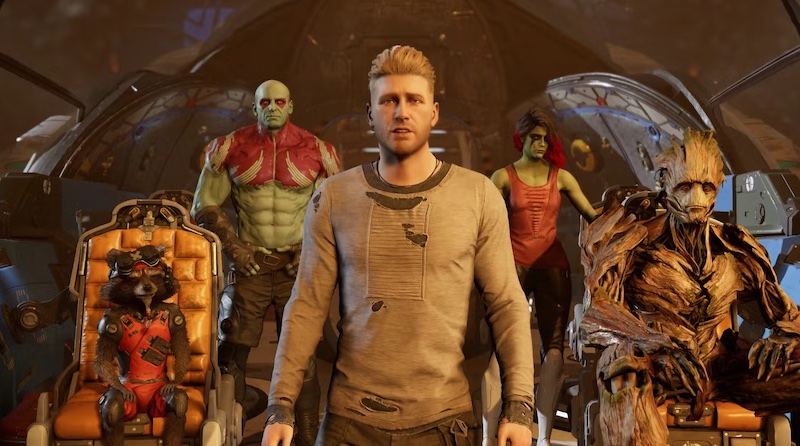
Web3 corporations know rather a lot about NFTs, and gaming corporations are consultants in gaming. It’s too unhealthy they’ve but to affix palms in a big manner. Nevertheless, the very last thing corporations wish to do is alienate their fan base. Even when they’re appropriate in believing in-game NFT property are the longer term wave, they received’t be capable of act on it with such pending backlashes. It’s one factor to trigger micro aggravations with microtransactions. It’s fairly one other to threat an outright mutiny. So, if conventional gaming corporations proceed to catch warmth every time they experiment with NFTs, and Web3 gaming corporations proceed to get dismissed as irrelevant, how will we ever attain a consensus?
Hopefully, new narratives, open communication, and higher training platforms will emerge. Identify-calling isn’t the reply. Furthermore, as soon as the numerous avid gamers and builders mature past their NFT bias, they’ll understand the advantages that non-public possession affords them. The flexibility to personal and use their in-game property throughout completely different blockchains in several metaverses will open up new horizons and untold potentialities.
However, though their resistance appears fierce for the time being, in a manner, it’s futile. For because the smart man says, strive as you may. You may’t struggle progress.
You probably have additional curiosity in NFT and blockchain programming, now could be the time to progress your profession. Be taught how to become a blockchain developer at this time at Moralis Academy!
[ad_2]
Source link


